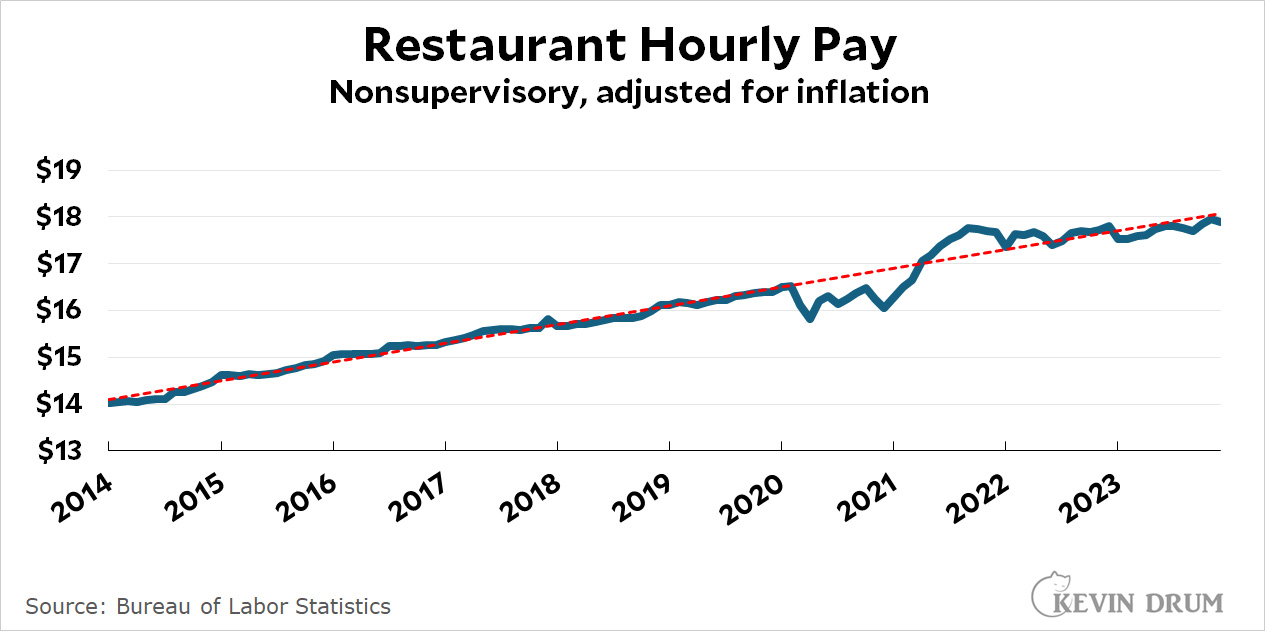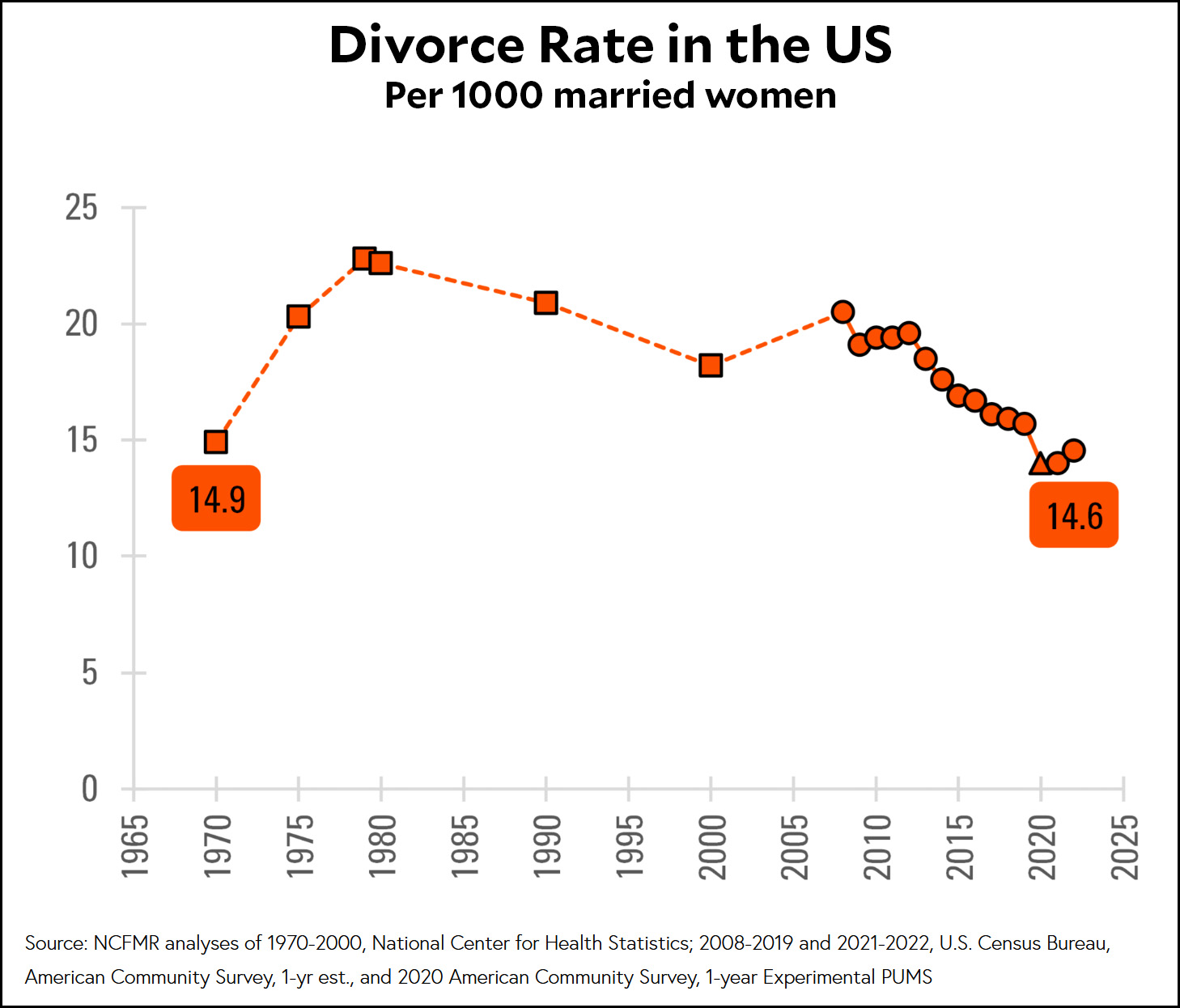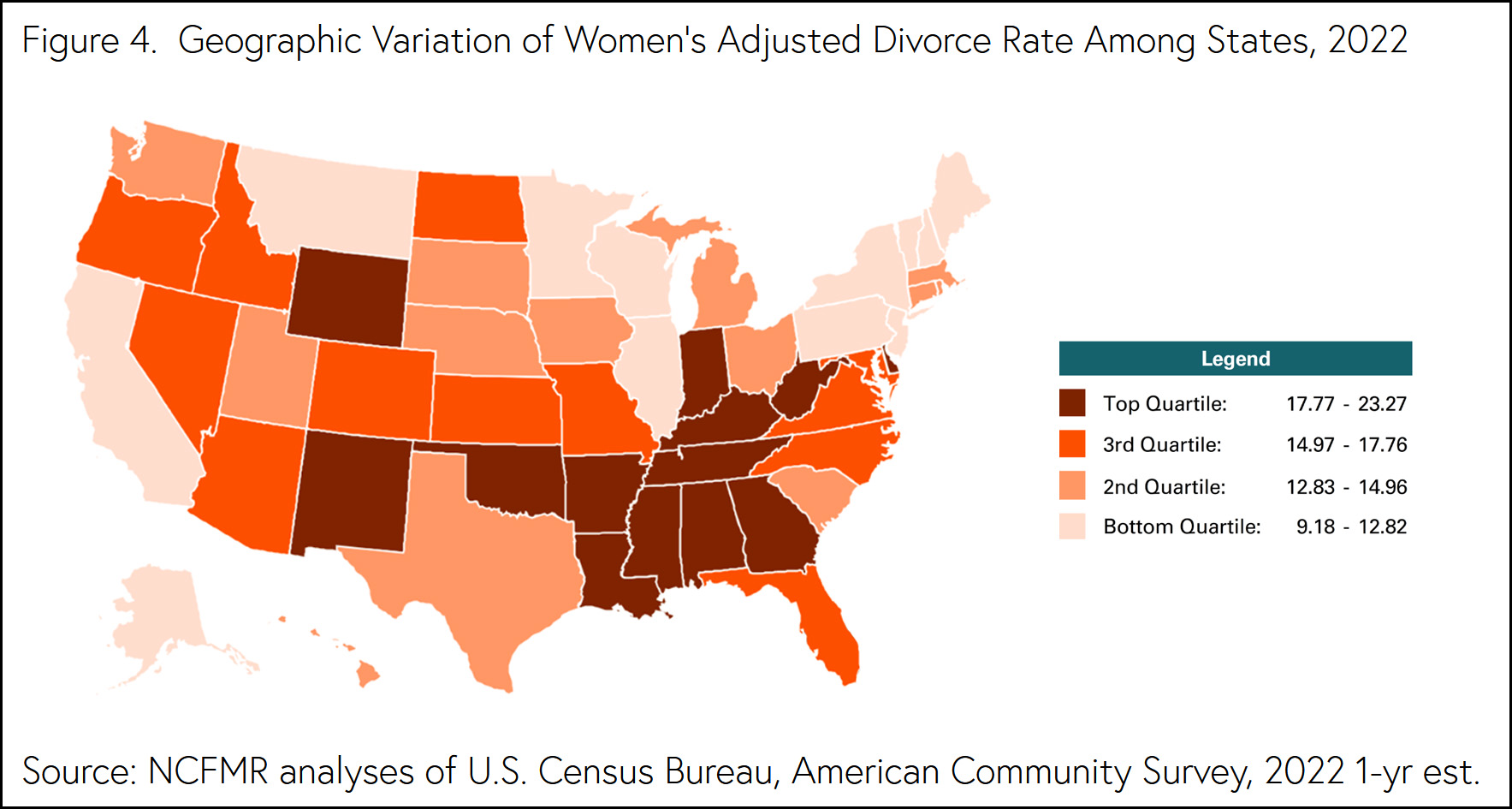One of Florida Gov. Ron DeSantis's proudest achievements is the Stop WOKE Act. Among other things, it bars employers from holding mandatory DEI training sessions. Four months after the law was signed a district court issued a preliminary injunction against enforcement on First Amendment grounds, and today DeSantis unanimously lost his appeal in the 11th Circuit Court:
Florida’s law, the Individual Freedom Act, bans certain mandatory workplace trainings.... Discussion of these topics, however, is not completely barred—the law prohibits requiring attendance only for sessions endorsing them. Employers can still require employees to attend sessions that reject these ideas or present them in an “objective manner without endorsement of the concepts.”
....By limiting its restrictions to a list of ideas designated as offensive, the Act targets speech based on its content. And by barring only speech that endorses any of those ideas, it penalizes certain viewpoints—the greatest First Amendment sin.
Florida tried to argue that the law prohibited only conduct—i.e., meetings—not speech itself. The court had no patience for this obvious sophistry:
The fact that only mandatory meetings that convey a particular message and viewpoint are prohibited makes quick work of Florida’s conduct-not-speech defense.... If Florida disapproves of the message, the meeting cannot be required.
....Under Florida’s proposed standard, a government could ban riding on a parade float if it did not agree with the message on the banner. The government could ban pulling chairs into a circle for book clubs discussing disfavored books. And so on. The First Amendment is not so easily neutered.
There's more, but it's just the legalistic superstructure required in modern judicial opinions. For all practical purposes, the opinion can be boiled down to two sentences: Florida is trying to ban the private expression of certain viewpoints it dislikes. That is absolutely, positively not allowed by the First Amendment.
The three-judge panel that issued this opinion included two Trump appointees and one Clinton appointee.
POSTSCRIPT: The Stop WOKE Act also prohibits similar DEI instruction in schools. That was not at issue in this case and the court said nothing about it. However, a district court has already issued an injunction against the law as it relates to higher education.








